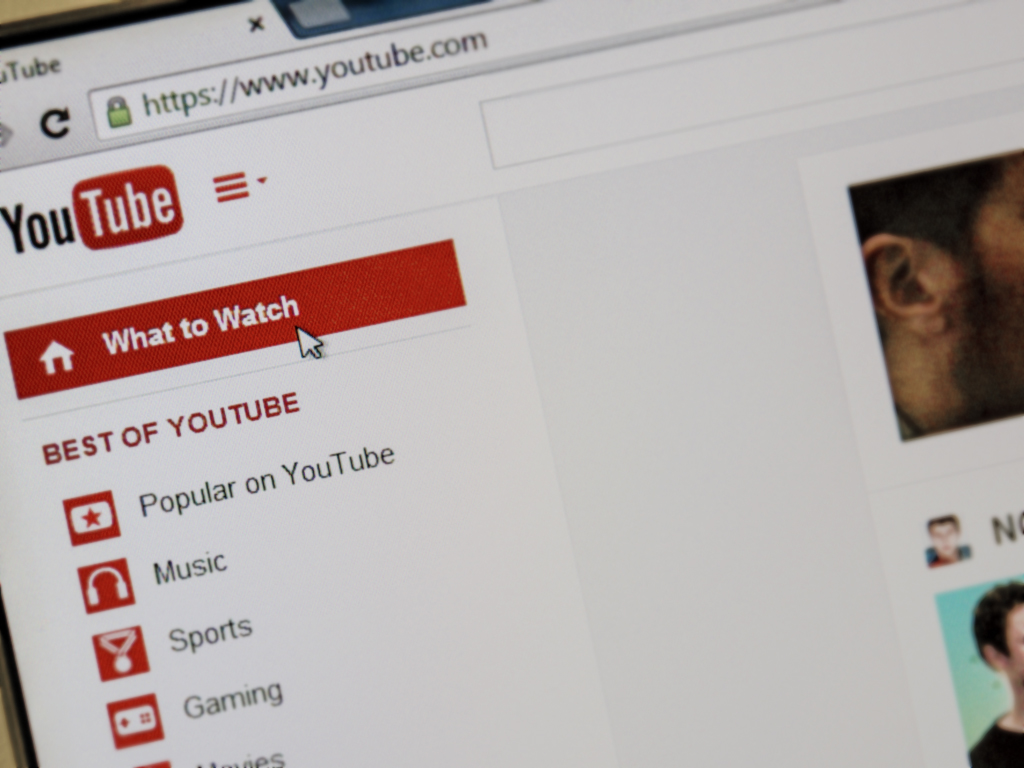Video search engine optimization can leverage paid advertising in a way that website SEO can’t. In fact, YouTube enables you to ignite earned media with paid media. And given the recent confirmation by a Google spokesperson that “a staggering 300+ hours’ worth of video content is being uploaded to the site every minute,” it’s become even more imperative that you leverage paid video advertising to put your content in front of the right audience at the right time.
Another one of the seven ways to improve your video marketing strategy is to promote your organic content with TrueView advertising. Now, I realize that this sounds like a radical idea — almost as radical as the idea Dr. Egon Spengler shared with the other “Ghostbusters” after Gozer the Gozerian refused to cease any and all supernatural activity and return forthwith to her place of origin, or to the next convenient parallel dimension: “We’ll cross the streams.”
Senior marketers who read Momentology already know that some SEOs will promise to rank you highly in search engines, but place you in the advertising section rather than in the search results. Google says, “This scam doesn’t work with Google because our advertising is clearly labeled and separated from our search results, but be sure to ask any SEO you’re considering which fees go toward permanent inclusion and which apply toward temporary advertising.”
Given the abundance of videos already on YouTube, it’s risky to assume that your content will be organically discovered by a large audience. That’s why designing a solid plan to promote your content and ensure it’s viewed by your target audience is vital.
“Going viral” plays a key role in building your audience on YouTube, but unless you already have millions of subscribers, you’ll need to seed your content when it launches. Indeed, when they don’t have an existing subscriber base or engaged social following, many brands use paid advertising on YouTube to ignite sharing and accelerate audience building.
The YouTube platform allows you to optimize your investment in paid media by activating the virtuous circle that links owned media (your video content), paid media (paid video advertising), and earned media (“free” views obtained when people share the video ads).
This provides you with a major benefit from advertising on YouTube that you don’t get from Google: Earned impact. In the first half of 2014, more than 6,000 campaigns generated at least one earned view as a result of every two paid views.
And the YouTube audience isn’t shy about sharing brand content: Two-thirds of YouTube users agree that “If there is a brand I love, I tend to tell everyone about it.” Across the globe, they are twice as likely to be early adopters, agreeing that “I am among the first of my friends and colleagues to try new products.” They are 1.8 times more likely to be influencers, agreeing that “people often come to me for advice before making a purchase.”
Indeed, hundreds of campaigns get more than two earned views per paid view. Although you don’t get that benefit with Google AdWords, you can get that benefit with Google AdWords for video, which powers YouTube TrueView video ads.
You want your videos to reach the audience most interested in your content and therefore the most likely to share it. That’s why YouTube created a brand-new type of video advertising called TrueView, the first ad format where viewers choose whether to view an ad. (It’s also called “skippable advertising” because viewers can skip the ad after the first five seconds.)
This ad format ensures that you pay for advertising only when a user watches the ad. It also ensures that viewers pay more attention to your ad because they’ve actively chosen to watch it. When you have a new video, consider transforming it into an ad that will be promoted through a TrueView campaign. This is a great way to reach audiences who might not naturally look for your brand but could be enticed to explore your channel after seeing a compelling video.
For example, Orabrush used a TrueView campaign last year to launch of Orapup – the first tongue cleaner to help cure bad dog breath without a toothbrush. Long a source of frustration for pet owners, proper oral care is a treat with the Orapup because it entices dogs to clean their own tongues. Dogs take naturally to the tongue brush, which creates an enjoyable bonding experience between a dog and its owner.
To bring the category-creating Orapup to market more quickly, Orabrush launched a crowdfunding campaign and has been accepting preorders for the dog breath brush since August 2012. The company reapplied its proven “reverse marketing model” on YouTube to successfully expand its oral care line to benefit pet owners everywhere. In just six months, the Orapup YouTube channel has amassed more than 4 million views, which is on par with well-established pet brands such as IAMS, Pedigree and Purina. Following the Orabrush tongue cleaner and Orabrush tongue foam, Orapup continues Orabrush’s tradition as a new media e‑commerce brand builder.
In a presentation at the Video Commerce Summit on July 26, 2013, Abe Niederhauser of Orabrush showed a slide of Orapup daily revenue and ad spend. The company tested promotion of a series of YouTube videos until it found the formula that ended up generating 75,924 Orapup orders worth $2,124,679.00.
So, even though you’ve heard that crossing the streams is bad, promoting your organic content with TrueView advertising is another way to improve your video marketing strategy. As Dr. Peter Venkman told the other Ghostbusters, “I love this, I love this plan! I’m excited to be a part of it. Let’s do it!”
Does your video marketing strategy include promoting your organic content with TrueView advertising? What results have you seen?


